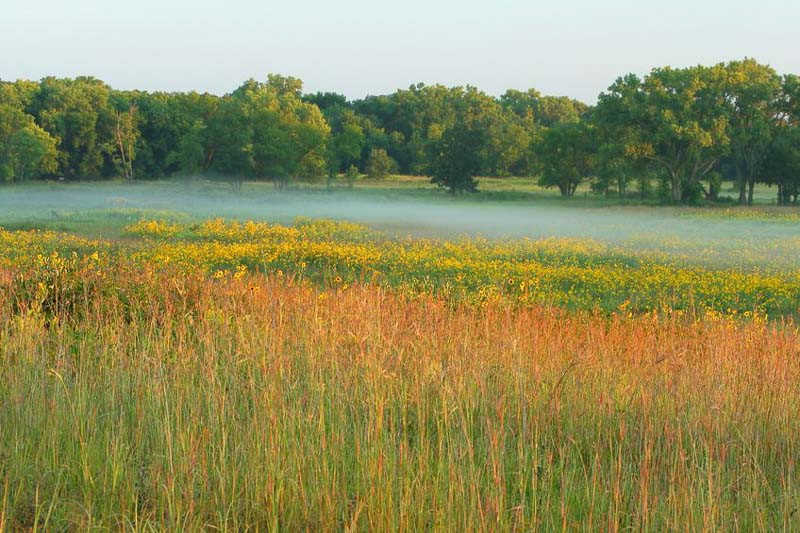Nebraska Native Plants: Expert Tips for Gardening Success
Nebraska’s diverse environment, ranging from floodplain wetlands to sandy prairies, has given rise to an array of native plants well-suited to local conditions. Cultivating these species provides ecological benefits, reduces maintenance, and helps create sustainable gardens.
Incorporating native trees like Bur Oak (Quercus macrocarpa) or Eastern Red Cedar (Juniperus virginiana) into your landscape can provide shade and wildlife habitats.
For color and texture, native perennials offer numerous possibilities. The delicate Pale Purple Coneflower (Echinacea pallida) and Black-eyed Susan (Rudbeckia hirta) attract pollinators.
Consider adding native grasses like Big Bluestem (Andropogon gerardii) or Little Bluestem (Schizachyrium scoparium) for structure and movement. These hardy grasses change color throughout the seasons, providing year-round interest.
Water-conserving plants such as Prickly Pear Cactus (Opuntia humifusa) can be used in drought-prone areas. For wetter spots, Marsh Milkweed (Asclepias incarnata) offers lush foliage and rosy-pink blooms.
Key to successful native gardening is understanding your garden’s conditions – sun exposure, soil type, and moisture levels. Match these with the requirements of native plants to ensure their survival. It’s also beneficial to mimic natural plant communities by grouping species that coexist in the wild.
Finally, patience is key. Establishing a native garden may take time, but the payoff is a resilient, low-maintenance landscape teeming with life and beauty.

